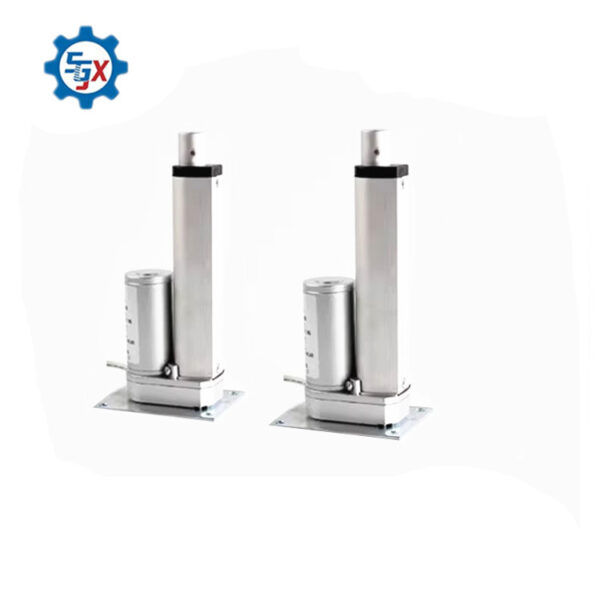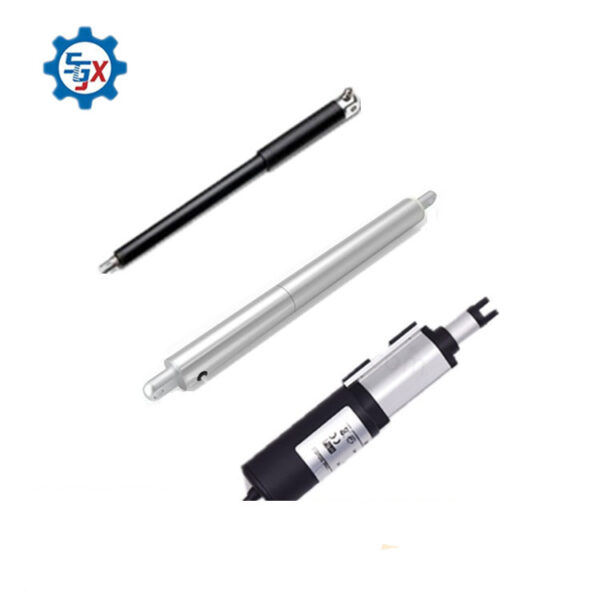Like other milling cutter manufacturers, mold making is also an important customer group for linstools. This branch of industry not only consumes more and more knives, but also constantly creates new requirements that have had a major impact on advancing the advancement of knives. These requirements are typical for all areas of machining: customers are always interested in more productive, reliable and precise milling tools. However, the particularity of mold manufacturing requires more special design considerations than general requirements. Machining material, machining shape and machining strategy are the three salient features of mold manufacturing, which have a significant impact on the demand for cutting tools. Linstools believes that only the development concept of full-face milling cutters based on these characteristics, combined with the integration of digital development inspired by Industry 4.0, can bring successful solutions for the mold industry.
Challenging Workpiece Materials
The main component material in the mold industry is usually hardened steel. Workpiece hardness is the main factor affecting tool grade and cutting geometry. Various repair methods for worn or damaged molds include welding of damaged surfaces, thermal spraying, laser treatment, etc. Further machining of these surfaces requires the use of cutting tools to remove layers of both hard and softer materials. Such cutting conditions can significantly reduce tool life, requiring tool manufacturers to balance and ensure the necessary durability.
complex shape
Molds often have complex shapes. A 3D profile is a typical machined surface of a die set, and being able to efficiently machine a 3D surface is a primary requirement for a cutting tool. Tool manufacturers need tools that provide the parameters needed to machine form accuracy and surface finish, and ensure the appropriate level of tool life required to machine a workpiece shape or a specific surface in one operation.
processing
Manufacturing molds involves a variety of processing techniques: turning, milling, drilling, reaming, etc., with milling as the head. The specific attributes of these tooling industries are predominately non-rotating parts, machining complex surface shapes, having to produce cavities that remove large amounts of material, etc., making milling cutters the heavyweight tools in this field. Because of its need to continuously increase the productivity of new products, the mold industry is often the first user of advanced machining methods: such as high-speed milling (HSM) and high-feed milling (HFM), and needs to develop efficient machining strategies. The adoption of advanced methods and technologies has had a dramatic impact on knives and has placed new demands on knife manufacturers. Over the years, the requirements have become more stringent. Today’s moldmakers represent one of the most demanding knife consumer segments and expect knifemakers to respond to this industry trend. linstools, as a leading tool manufacturer, has successfully cooperated with the mold industry for many years. It continuously enhances its moldmaking solutions by introducing new products and upgrading existing products, while providing complex tooling projects and related consulting.

Digital Tool Integration
Due to the small-batch nature of mold manufacturing and the high-precision requirements for processed shapes, any deviation in specifications will become an Achilles’ heel, and even a small mistake will threaten the quality of the entire product. Driven by the development of Industry 4.0, the digitalization of modern manufacturing provides mold manufacturers with an effective tool to overcome this obstacle – computer modeling of machining processes. This ensures the implementation of production machining strategies, optimization of tool paths and cutting data, and prevents possible collisions. linstools has expanded its digital realm by including the option of milling cutter components in its electronic catalog (E-CATA), which contains accessible, accurate digitized pre-machined tool data. The digital representation of the tool assembly created based on the ISO 13399 standard facilitates the accurate transfer of tool information between software systems. Integrating this new capability into a moldmaker’s CAD/CAM system prevents errors during machining on the shop floor, while the ability to plan multiple assembly components saves users time and money. Linstools plans to expand its Industry 4.0 data-driven products to connect the digital and virtual worlds of modern manufacturing for moldmakers.
epilogue
Many products around us are made of molds, and the demand for these products is still growing. The development of various industrial fields has had a huge impact on mold manufacturing, such as the automobile industry, one of the main forces of mold consumption. More requirements for molds means that the requirements for machining tools will also reach a new level. linstools believes that tool manufacturers should anticipate these needs and provide the necessary solutions accordingly




No comment